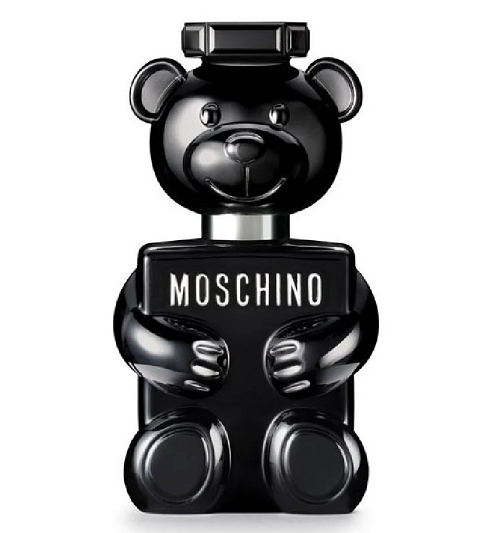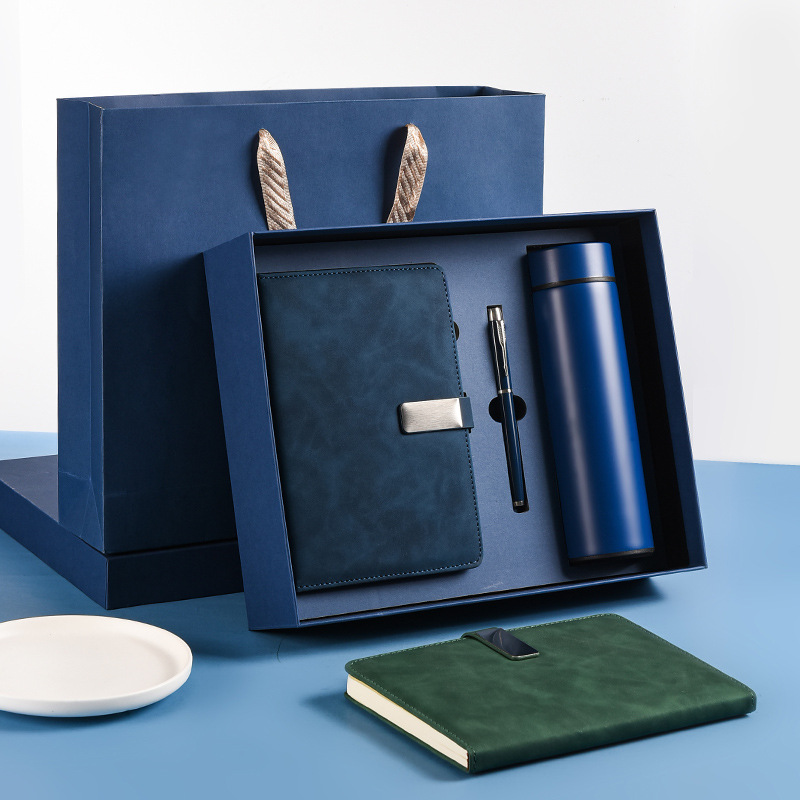Mid-Autumn Festival 2023: Date, Origins, Traditions & How To Celebrate?
The fifteenth day of the eighth month in the lunar calendar, known as the Mid-Autumn Festival, is a traditional Chinese holiday. It falls in the middle of the autumn season, earning it the name “Mid-Autumn.” In the Chinese lunar calendar, each year is divided into four seasons, further divided into three parts: the beginning (Meng), the middle (Zhong), and the end (Ji). Thus, the Mid-Autumn Festival is also referred to as the “Zhongqiu Festival.” In this Mid-Autumn Festival 2023 guide, we talk about everything you need to know about this Chinese Mooncake Festival!
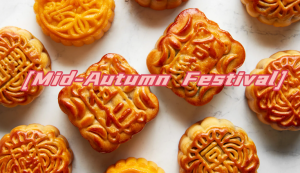
Mid-Autumn Festival 2023 Date
The Mid-Autumn Festival also known as the Moon Festival or Mooncake Festival is going to celebrate on Friday, September 29.
Mid-Autumn Festival Origins
The origins of the Mooncake Day can be traced back to the early Tang Dynasty, but it became popular during the Song Dynasty. By the time of the Ming and Qing Dynasties, it had already become one of China’s major festivals, alongside the Spring Festival. Due to the influence of Chinese culture, the Mid-Autumn Festival is also celebrated as a traditional holiday among some East Asian and Southeast Asian countries, especially among the local Chinese communities. Since 2008, the Mid-Autumn Festival has been recognized as a national statutory holiday in China, and in May 2006, it was included in the first batch of national intangible cultural heritage lists.
The festival’s origins are associated with several legends:
- The Legend of Chang’e and Houyi: According to ancient Chinese mythology, Chang’e, the Moon Goddess, consumed an elixir of immortality, causing her to float to the moon. People sympathized with her, and it’s said that the tradition of admiring the moon during the Mid-Autumn Festival began as a way to await her return.
- Celebrating the Harvest: The Mid-Autumn Festival is also closely tied to agriculture. By the middle of the eighth lunar month, crops are typically ready for harvest. To celebrate the bountiful harvest, people established the Mid-Autumn Festival as a time for giving thanks and expressing joy.
- Ancient Moon Worship: In ancient times, there were rituals to worship the moon during autumn. The “Liji” (Book of Rites) from the Western Han Dynasty mentions “sun in the morning and moon at night.” These early ceremonies, performed by emperors, eventually evolved into a popular folk activity, leading to the Mid-Autumn Festival.
Throughout history, the Mid-Autumn Festival has been associated with moon gazing and the consumption of mooncakes. Mooncakes, also known as “yuebing,” are round pastries filled with various sweet or savory fillings and are a symbol of reunion. Families gather to appreciate the full moon and share these delicious treats.
Mid-Autumn Festival Customs & Traditions
Mid-Autumn Festival is one of the three major festivals (Spring Festival, Dragon Boat Festival and Mid Autumn Festival) in the lunar calendar year. Mention the custom of Mid-Autumn Festival, people will naturally associate with watching the moon and eating moon cakes. China has had the custom of admiring the moon during the Mid Autumn Festival since ancient times. On Mid-Autumn Festival, people eat moon cakes to show their “reunion”. Moon cakes, also known as Hu cakes, palace cakes, moon cakes, harvest cakes, reunion cakes, etc., were offerings to the moon god during the ancient Mid Autumn Festival.
Moon Cake: The term “moon cake” was first found in the Dream Liang Lu by Wu Zimu in the Southern Song Dynasty. At that time, it was only a kind of Dim sum food, which was rhombic in shape and later evolved into a circle. Later on, people gradually combined moon appreciation with mooncakes, symbolizing family reunion and expressing longing. At the same time, mooncakes are also an important gift that is packed in a gift packaging box for friends to connect with each other during the Mid Autumn Festival.
- Lanterns: In southern China, people carry and display colorful lanterns, adding a vibrant atmosphere to the celebration.
- Dragon and Lion Dances: Some regions feature dragon and lion dances, bringing an element of festivity to the occasion.
- Tarot Reading: Some people use the occasion to read tarot cards, seeking insights and guidance for the future.
- Burning tower: Burning towers on Mid Autumn Eve is also very popular in some places. The tower height varies from 1 to 3 meters, and is often built with broken tiles. Large towers also need to be built with bricks, accounting for about 1/4 of the tower height, and then stacked with tiles. A tower opening is left at the top for fuel injection.
- Mid Autumn Festival Bobing: In Xiamen, Fujian, as the Mid Autumn Festival approaches and the night fades, the streets and alleys of Xiamen are filled with the pleasant sound of dice colliding with porcelain bowls during the Bobing Festival. The “Bo Cake” in Xiamen is also known as the “Bo Mid Autumn Cake” or “Expo Cake”.
- Crossing Nanpu Bridge: China has a vast geographical area, a large population, and different customs. The Mid-Autumn Festival has a variety of customs and strong local characteristics. In Pucheng, Fujian, women cross the Nanpu Bridge during the Mid Autumn Festival in order to live a long life.
- Osmanthus Duck: The folk customs in the south of the Yangtze River on Mid-Autumn Festival are also varied. Nanjing people love to eat mooncakes during the Mid Autumn Festival, and they must also eat the famous Jinling vegetable osmanthus duck. The “Osmanthus Duck” is popular when the osmanthus is fragrant, fat but not greasy, and has a delicious taste.
The Mid-Autumn Festival, with its rich history, legends, and customs, is a time for family reunions and an opportunity to appreciate the beauty of the moon. It is a cherished cultural celebration that continues to be an integral part of Chinese heritage, fostering a sense of togetherness and gratitude for the abundance of life.

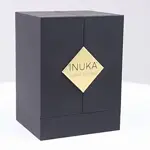
Top 10 Creative Cosmetic Packaging Design Ideas & illustrations 2023 | Luxury-Paper-Box.Com
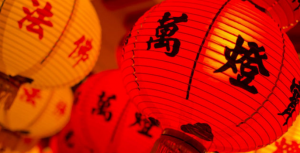
10 Customs Of The Spring Festival (Lunar New Year) You Need To Know
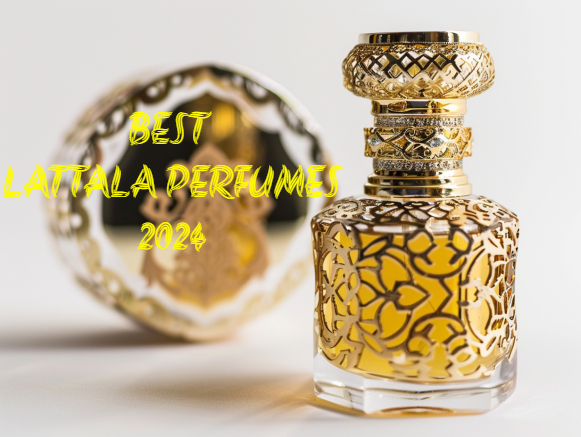
Top 10 Best Lattafa Perfumes for Women & Men in 2024
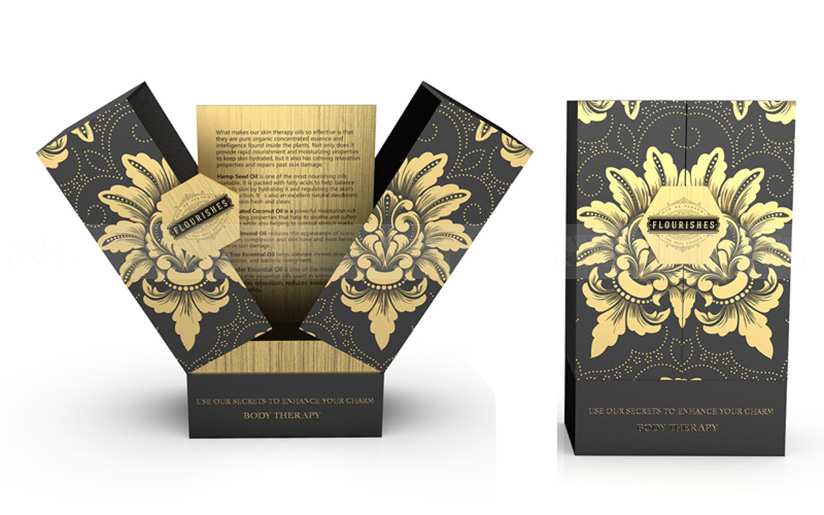
Top 10 Best Packaging Design Software 2023 (Free & Paid)
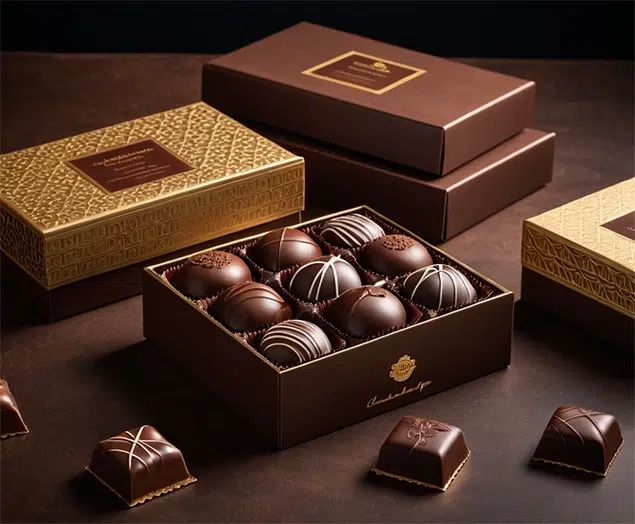
Best Chocolate Packaging Designs of 2025
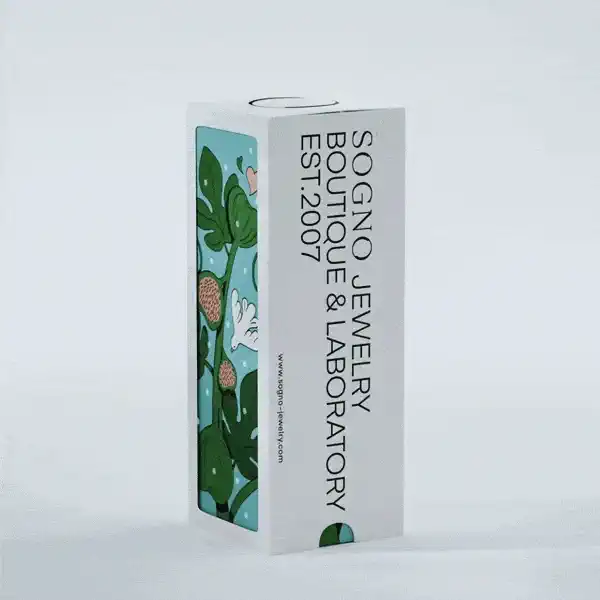
Natural Concept Perfume Design Ideas: Tell Your Brand Story



 kali@luxury-paper-box.com
kali@luxury-paper-box.com

